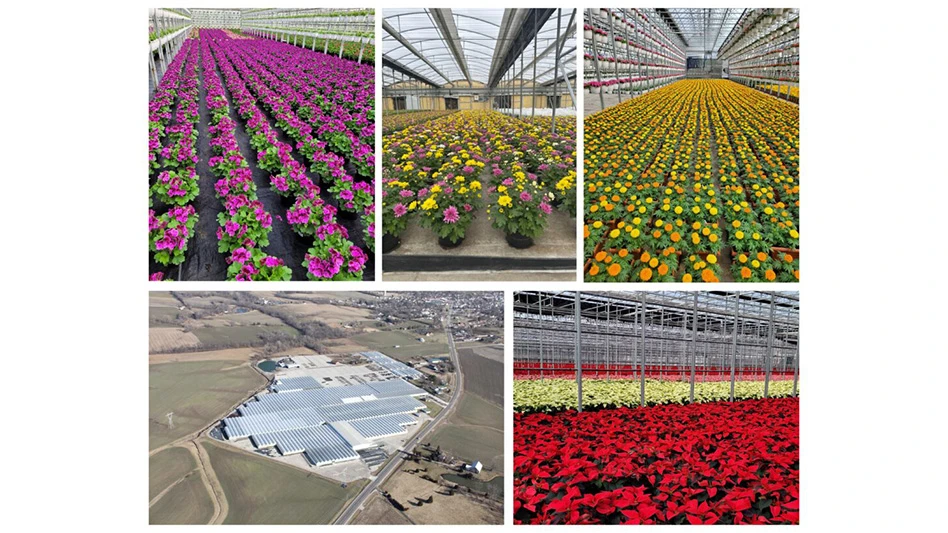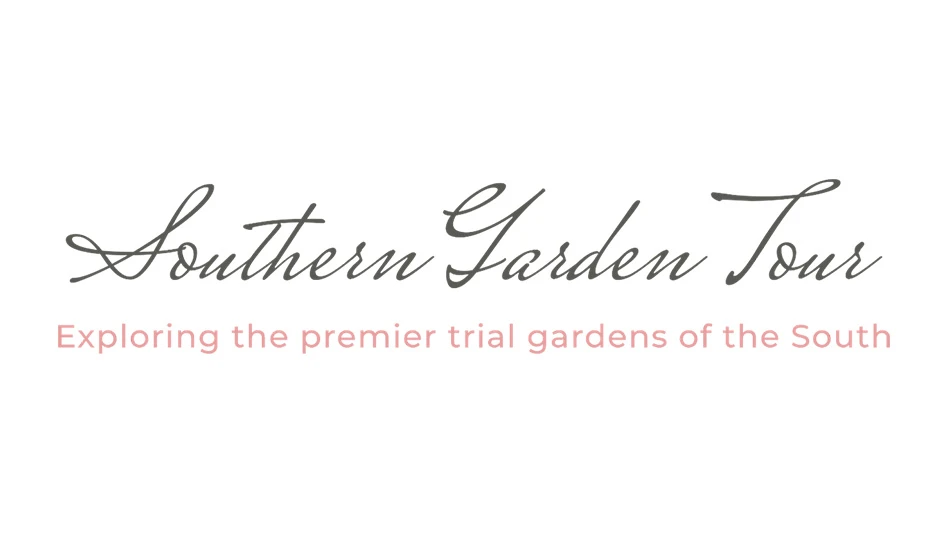 Dick Clark was named a 2011 AARS winner.With the dizzying array of roses on the market, it’s hard to nail down which varieties are ideal for no-fuss landscape projects. The All-America Rose Selection (AARS) designation strives to make narrowing the field a bit easier.
Dick Clark was named a 2011 AARS winner.With the dizzying array of roses on the market, it’s hard to nail down which varieties are ideal for no-fuss landscape projects. The All-America Rose Selection (AARS) designation strives to make narrowing the field a bit easier.
AARS is a nonprofit association of rose growers and introducers dedicated to bringing exceptional, easy-to-grow roses to gardeners across the county.
AARS operates a rigorous trial program via a network of 23 official test gardens throughout the country, representing all climate zones. AARS strives to identify roses that are easy to grow, and evaluates plants on more than 15 qualities, including disease resistance, vigor and fragrance.
Recent winners
Two musically themed roses earned the All-America Rose Selection distinction for 2011: Walking on Sunshine and Dick Clark. Walking on Sunshine, a floribunda, displays tight clusters of bright-yellow buds that burst open with an anise aroma. Petals fade to a light canary hue, which lends a multi-tonal effect.
This plant’s super glossy foliage contrasts beautifully with the eye-catching flowers. Walking on Sunshine was hybridized by Keith Zary of Jackson & Perkins Wholesale.
Dick Clark, a grandiflora, is easy to grow and has great vigor. Black-red buds spiral open to show off swirls of cream edged with vibrant cherry pink.
When the sun strikes the petals, they begin to blush burgundy, finishing as a deep, dark red. Dick Clark was hybridized by Tom Carruth and Christian Bédard of Weeks Roses.
For 2010, a single rose, Easy Does It, was named an AARS winner. This floribunda has double ruffled flowers with remarkable coloration—a blend of mango, peach and apricot. It has a rounded, bushy habit and glossy-green foliage. Easy Does It was hybridized by Harkness New Roses and introduced by Weeks Roses.
Region’s Choice selections
In 2008, AARS launched a new program to highlight winners that perform particularly well in different regions of the country. The roses selected for each area take into account unique climatic conditions the plants will face. AARS is offering marketing materials to help retailers tout these selections.

Northern California and Northwest U.S.
Mild, rainy winters are a signature of this region, which stretches from Seattle to San Francisco, and from the Pacific Ocean to the Cascade and Sierra ranges. Fall through spring, the northernmost parts may see more rain than sun. Disease-resistant roses are a must for these damp areas. Selections include About Face, Cherry Parfait (pictured) and Gemini.
 Southern California and Southwest U.S.
Southern California and Southwest U.S.
This region is marked by nearly year-round sunshine and little rain. Roses bloom from April through December in the more temperate parts, while they take a rest during August and September in the great deserts. The best roses are heat-tolerant, and tend to bear darker leaves and bloom in more intensely saturated colors. Selections include Fourth of July (pictured), Iceberg and Opening Night.
 Mountain states
Mountain statesThis generally arid region battles bitterly cold winters, blustery spring winds, little rain and sometimes brutal summer heat. The roses that thrive here must be cold-hardy and survive wild swings in temperature. They often bear strong, leathery leaves to resist desiccation. Selections include Knock Out, Scentimental and Whisper (pictured).
 Midwest
Midwest
The Northern and Central Midwest region covers a lot of ground, from the northern forests of Minnesota and Wisconsin, to the cornfields of Iowa, eastern Nebraska and eastern Kansas, to the sandy dunes of Indiana and Michigan, and to the temperate and humid Great Lakes regions of southern Ontario, Michigan, and Ohio. Roses in this area must tolerate a wide range of last-frost dates—from early April to Memorial Day. Selections include Carefree Delight (pictured) and The Fairy.
 Northeast
Northeast
This region typically has four distinct seasons, even though the gardening season varies from the moderate zone 7 Atlantic Ocean-influenced temperatures to a frigid Zone 3 in northern New Hampshire and Maine. The limiting factor to rose gardening in the area is cold. Selections include Blanc Double de Coubert, Lady Elsie May (pictured) and New Dawn.
 Southeast
Southeast
In the mid- to upper-South, mild winters punctuated by a few short-lived snows or ice storms give way to beautiful springs that fill March through May. The last spring frost usually comes in early April, and the first fall frost can be expected in mid-November. Roses need to stand up to heat and humidity. Selections include Belinda’s Dream and Knock Out (pictured).

Explore the June 2010 Issue
Check out more from this issue and find your next story to read.
Latest from Garden Center
- GIE Media Horticulture Group wins five regional 2025 Azbee Awards of Excellence
- Terra Nova Nurseries introduces rust-free and disease-resistant heucherella
- John T. Nickel, founder of Greenleaf Nursery Co., passes away at 89
- Garden Media Group announces sixth annual Women in Horticulture Week
- Star Roses and Plants announces National Knock Out Rose Day
- The Growth Industry Episode 4: How federal budget cuts are affecting horticulture nonprofits
- Pennsylvania Horticultural Society shares top gardening trends from 2025 Philadelphia Flower Show
- California Spring Trials 2026 dates announced





